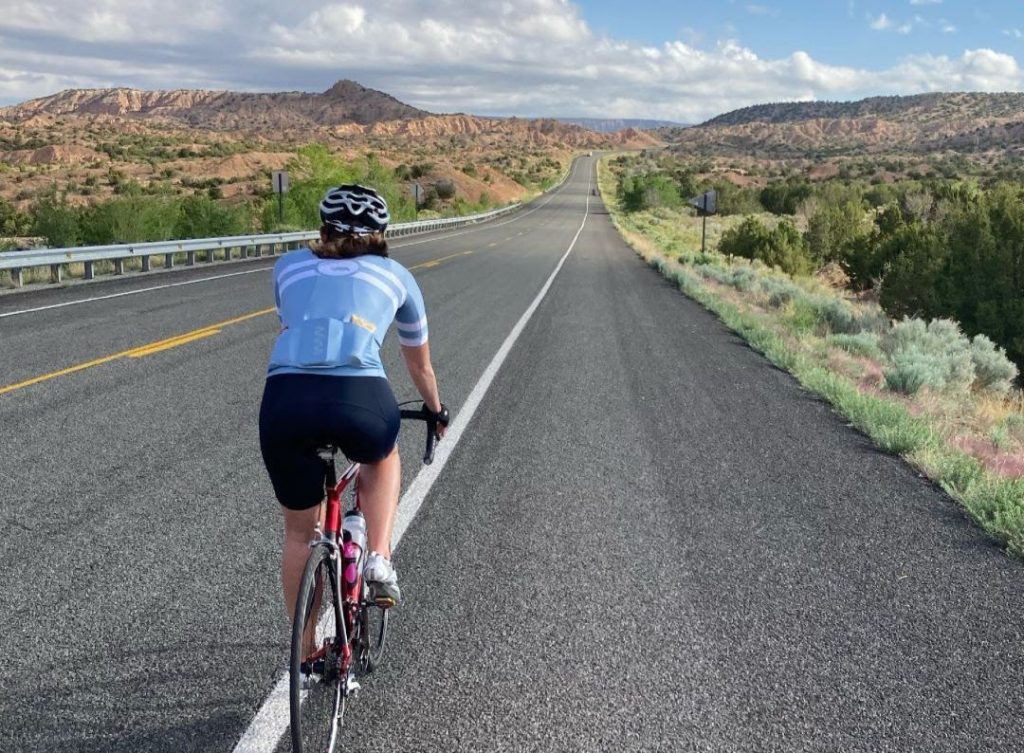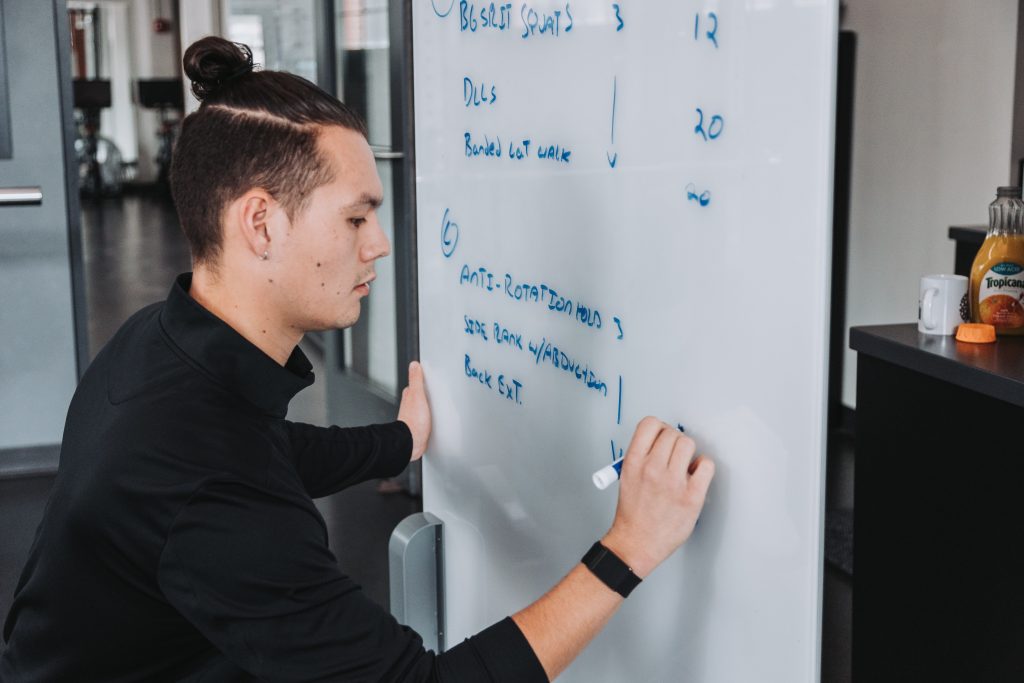Words by Taylor Thomas
Coach Taylor is the Founder of TEC and a lifetime endurance athlete. For more information on coaching services, or to schedule a free orientation call with an expert coach click HERE.
Article originally featured on Wahoo Fitness.
Most cyclists these days incorporate an indoor training environment into some part of their season. Whether a stationary trainer is used to continue to ride during hard winters, or utilized year-round for their efficiency and individualization, trainers are a valuable tool in the modern athlete’s toolbox. More often than not the first realization when athletes are beginning to ride on a trainer is that the efforts indoors feel harder, or they’re not able to reach the same wattages, as their outdoor sessions. It’s important to pay attention to this distinction, understand why it’s happening, and adjust accordingly.
Considerations
Motivation:
It’s common for many athletes to not feel as motivated for indoor rides. That’s fair. Everyone dreams of warm days and endless roads and trails with their friends, but those days can’t happen every day, so it’s important to make your indoor training environment something that you don’t dread. Invest in the right equipment, tools, and space to ensure your motivation is easier to find, and your workouts more enjoyable.
Specific Efforts:
One of the places riders feel the biggest deficit in their power is more maximal efforts above FTP. While motivation plays into this somewhat, it’s also worth considering the limitations of a stationary trainer: it’s stationary. Restrictions in body movement make it harder to produce higher power than when you’re throwing your body around outdoors.
Airflow:
This can’t be stressed enough. Invest in a good fan! Ideally, it would be something that you can control based on the effort. If you get too hot, not only do you begin to potentially suffer the performance-limiting effects of dehydration, but your RPE increases making it harder to execute your planned workout. Stay cool for better performance and increased power.
Calibration:
Now that most modern trainers are equipped with onboard power it’s critical that the data that you’re getting from the trainer can be trusted. If the trainer isn’t calibrated properly the efforts will feel harder, and the intensity will be different than what’s planned in your workout. Ideally, you would calibrate before every workout.
Type of Trainer:
All trainers are not created equal when it comes to the type of resistance they provide. The two most common trainer types are “rear-wheel” and “direct-drive”. With a rear-wheel trainer, resistance is constantly being applied to the wheel of the bike. This is different than outdoors where resistance is not applied at the top and bottom of the pedal stroke. Thus, the effort is made to feel more challenging. Direct drive trainers offer a more realistic road feel by allowing the flywheel to “coast” across the top and bottom of the pedal stroke.
Training Zones
When to Adjust FTP:
Particularly for athletes that don’t spend a lot of time indoors, or do it seasonally, it may be necessary to adjust your FTP to account for the nuances in indoor training mentioned above. If you find that your outdoor power and indoor power are more than 10 watts apart then you should perform an indoor FTP test. It is critical that you don’t continue to execute workouts that are set too high based on your outdoor FTP. This will result in ineffective training.
Rate of Perceived Exertion:
Riding indoors can feel harder. Our RPE impacts how we feel “in the moment” during hard intervals and challenging workouts. If our RPE is higher than we’re more likely to cave when the going gets tough. Keep this in mind and set yourself up for success. If you’re one of these athletes with increased RPE indoors, a max effort sprint workout may be best reserved for a sunny day outside.
Increased Heart Rate:
Largely due to all of the considerations mentioned above, a rider’s heart rate has a tendency to be high indoors compared to outdoor riding. Again, this can be due to increased body temperature, motivation, elevated RPE, etc. Pay attention to your heart rate for efforts below and above Threshold. If you find that your body is responding differently indoors you may need to adjust the power parameters for your workouts. “You can’t make the engine run any harder than it’s capable of going.” ie. your heart rate Threshold will largely determine your ceiling.
More and more athletes are turning to indoor training, and for good reason. It’s fast, efficient, and can be highly individualized to an athlete’s needs. You can feel confident that every pedal stroke is making the most of your time in the saddle. As great of a tool as it is, it’s not the same as outdoor rides for many athletes. Pay attention to your power and adjust your FTP if needed. Take the time to get your “pain cave” set up to boost motivation, and pick your workouts to match your personal needs and potential limitations with indoor training.



